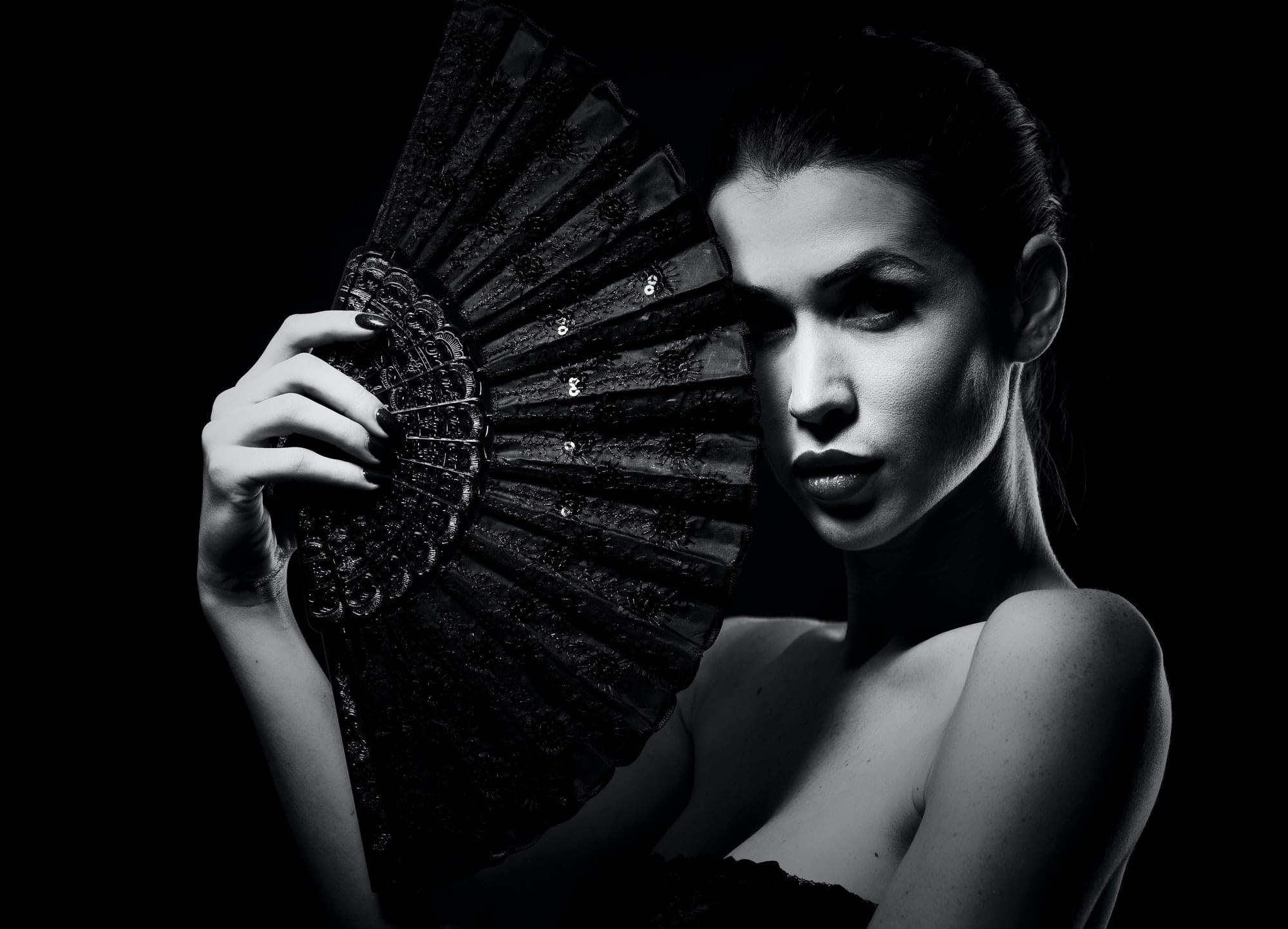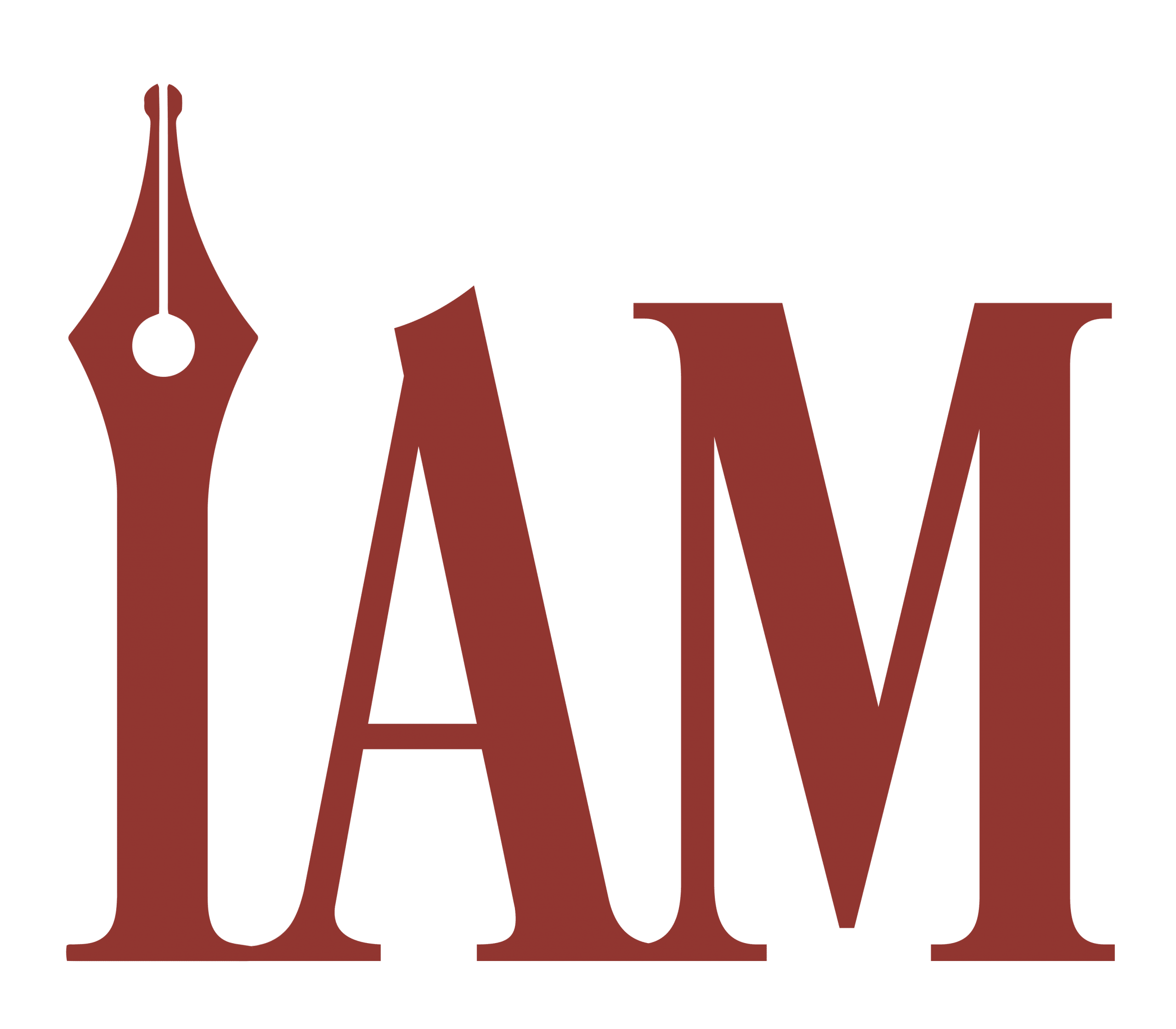 A mystery is a crime or puzzle that must be solved by the end of the story. It is critical to reader expectation and satisfaction that the culprit is discovered, and justice is seen to be done. The driving force is the main character’s quest to solve the mystery, creating intrigue until the climatic end when the antagonist’s identity is revealed. This is achieved through the protagonist’s intelligence, logical interpretation of clues, and sometimes luck, although red herrings are used to purposefully mislead and prevent readers from predicting the outcome. Most importantly, the author must play fair, so readers have every chance to solve the crime before the sleuth.
A mystery is a crime or puzzle that must be solved by the end of the story. It is critical to reader expectation and satisfaction that the culprit is discovered, and justice is seen to be done. The driving force is the main character’s quest to solve the mystery, creating intrigue until the climatic end when the antagonist’s identity is revealed. This is achieved through the protagonist’s intelligence, logical interpretation of clues, and sometimes luck, although red herrings are used to purposefully mislead and prevent readers from predicting the outcome. Most importantly, the author must play fair, so readers have every chance to solve the crime before the sleuth.
Mystery subgenres are often confused with mystery tropes from their strong illustration, but they are not themselves tropes. Amazon and Barnes and Noble list categories of mystery sub-genres, such as amateur sleuth, private eye, and police procedural, etc, and even go deeper into sub-sub-genres like cozy-hobbies and crafts.
Tropes are plot devices or themes within genres that readers have come to expect, where some are non-negotiable, while others can be used in a variety of ways. Mystery has a standard use of tropes, such as “the eccentric detective” or even “a locked room mystery,” and a possible list can be found on the website, TvTropes. Choosing them wisely can enable marketing, piquing reader attention and drumming up interest.
While tropes are unavoidable, they aren’t necessarily the same as cliches. “Ten Little Murder Victims” is a popular trope where an isolated group of people must find the killer amongst them before most of them die. In contrast, the clichéd “the police don’t know how to do their job” can be an overused and tired trope that lacks original thought if the author doesn’t add anything new. Even though tropes are entertaining, and readers have their favorites, there are also ones they dislike, especially when harmful—e.g., groups of people are negatively stereotyped.
Choosing likeable tropes allows a greater chance of making them engaging, while writing with intention often crafts tropes in an original way. This elevates the story while avoiding it becoming cliché and unintentionally detracting. Subverting a cliché can freshen it so the reader does not get the expected result, such as “the butler did it,” where the butler is set up and the antagonist takes that opportunity to try to get away. An example of a cliché repurposed for a new audience is using a character type who doesn’t normally get to solve the crime, like a disabled protagonist.
The film Knives Out used tropes associated with the mystery genre, including “a murder occurs on a large estate,” “they know more than they let on,” and “the heart of a person outweighs their deeds.” The “mysterious benefactor” trope was subverted when the killer hired the detective to frame the protagonist, and “the detective did suspect the protagonist but was going to let her off and rule as suicide” because of “the heart of the person outweighs their deeds” trope. (George Chrysostomou, Screenrant.com)
Another subversion of a mystery trope is possibly the clueless mystery. Overall, readers like to play along with the protagonist, but in a clueless mystery, the audience is expected to sit back and follow the main character as they get to the bottom of things. This situation may have come about after readers complained the clues are too easy but can leave them feeling cheated due to being unable to beat the detective. Clearly then, tropes are a double-edged sword that must be wielded with both knowledge and caution.
For more information on this topic, check out Craig Martelle’s Successful Indie Author Five-Minute Focus on Tropes vs Cliches or Jenna Moreci’s video on Tropes vs Cliches
Ten Mystery Tropes
1. The eccentric detective: the trope was popularized with the characters Sherlock Holmes and Hercule Poirot.
2. The protagonist is a suspect: creates the protagonist’s need to solve the crime and allows readers to experience the investigation from the main character’s point of view.
3. Hateful victim: any number of suspects who may have had an axe to grind to cause the victim’s death.
4. The snitch as cannon fodder: a safe-to-kill side character not integral to the main character team.
5. Isolated house party: where the cast are kept isolated and one of them is the killer.
6. Mistaken identity: a character is killed when they were thought to be someone else.
7. Never the obvious suspect: suspect has obvious motive and opportunity, but someone else is the culprit.
8. You meddling kids: the antagonist would’ve succeeded with their crime if it weren’t for the protagonist.
9. You wake up in a room: a character wakes up in an unfamiliar location.
10. Mystery magnet: the protagonist seems to attract mysteries.



 A mystery is a crime or puzzle that must be solved by the end of the story. It is critical to reader expectation and satisfaction that the culprit is discovered, and justice is seen to be done. The driving force is the main character’s quest to solve the mystery, creating intrigue until the climatic end when the antagonist’s identity is revealed. This is achieved through the protagonist’s intelligence, logical interpretation of clues, and sometimes luck, although red herrings are used to purposefully mislead and prevent readers from predicting the outcome. Most importantly, the author must play fair, so readers have every chance to solve the crime before the sleuth.
A mystery is a crime or puzzle that must be solved by the end of the story. It is critical to reader expectation and satisfaction that the culprit is discovered, and justice is seen to be done. The driving force is the main character’s quest to solve the mystery, creating intrigue until the climatic end when the antagonist’s identity is revealed. This is achieved through the protagonist’s intelligence, logical interpretation of clues, and sometimes luck, although red herrings are used to purposefully mislead and prevent readers from predicting the outcome. Most importantly, the author must play fair, so readers have every chance to solve the crime before the sleuth. 





